Innovations in Electronics
The Multi-wall Carbon Nanotube Market is poised for growth as innovations in electronics continue to expand. Multi-wall carbon nanotubes are being integrated into various electronic components, including transistors, sensors, and displays, due to their superior electrical properties. The electronics sector is projected to reach a valuation of several trillion dollars, with a substantial portion attributed to advancements in nanotechnology. As devices become smaller and more efficient, the demand for materials that can support these innovations is likely to increase. Multi-wall carbon nanotubes offer a promising solution, potentially revolutionizing the way electronic components are designed and manufactured.
Growth in Aerospace and Defense
The Multi-wall Carbon Nanotube Market is benefiting from the increasing demand in the aerospace and defense sectors. These industries require materials that provide high strength-to-weight ratios and exceptional thermal stability. Multi-wall carbon nanotubes are being utilized in composite materials for aircraft and military applications, enhancing performance while reducing weight. The aerospace market is expected to grow significantly, with estimates suggesting a CAGR of around 5% over the next decade. This growth is likely to drive the adoption of multi-wall carbon nanotubes, as manufacturers seek to improve fuel efficiency and overall performance in aerospace applications.
Advancements in Medical Technology
The Multi-wall Carbon Nanotube Market is witnessing growth due to advancements in medical technology. Multi-wall carbon nanotubes are being explored for various applications, including drug delivery systems, biosensors, and imaging techniques. Their unique properties, such as biocompatibility and high surface area, make them suitable for enhancing the efficacy of medical devices. The medical technology market is projected to expand significantly, with a focus on innovative solutions that improve patient outcomes. As research continues to unveil the potential of multi-wall carbon nanotubes in healthcare, their integration into medical applications is likely to increase, driving market growth.
Rising Applications in Energy Storage
The Multi-wall Carbon Nanotube Market is experiencing a notable surge in demand due to its applications in energy storage systems. These nanotubes exhibit exceptional electrical conductivity and mechanical strength, making them ideal for use in batteries and supercapacitors. As the world shifts towards renewable energy sources, the need for efficient energy storage solutions becomes increasingly critical. Reports indicate that the energy storage market is projected to grow significantly, with a compound annual growth rate (CAGR) of over 20% in the coming years. This growth is likely to drive the adoption of multi-wall carbon nanotubes, as manufacturers seek materials that enhance performance and longevity in energy storage devices.
Emerging Markets and Industrial Applications
The Multi-wall Carbon Nanotube Market is experiencing growth driven by emerging markets and industrial applications. As industries such as automotive, construction, and textiles seek to enhance material properties, the demand for multi-wall carbon nanotubes is likely to rise. These nanotubes can improve strength, durability, and thermal resistance in various applications. Emerging markets are increasingly adopting advanced materials to meet the demands of modern manufacturing processes. The industrial sector is projected to grow steadily, with a focus on innovation and efficiency. This trend suggests that multi-wall carbon nanotubes will play a crucial role in the development of next-generation materials across diverse industries.


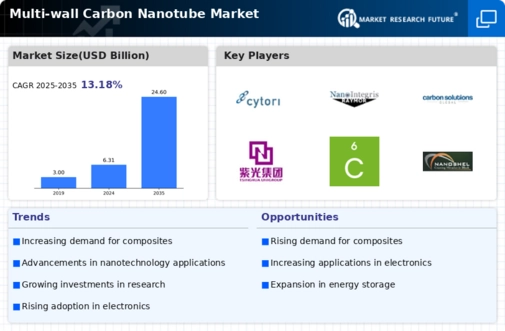
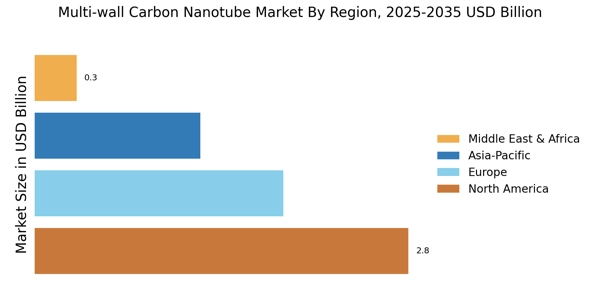

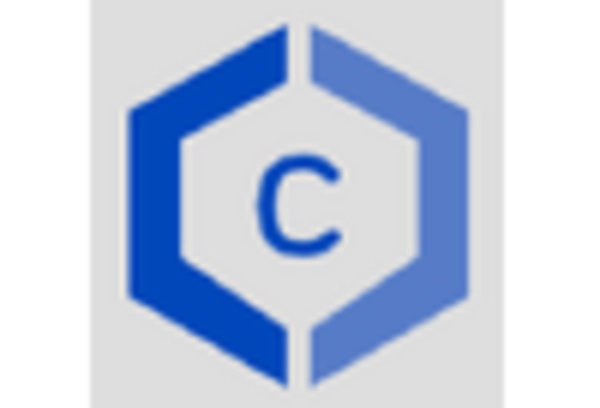


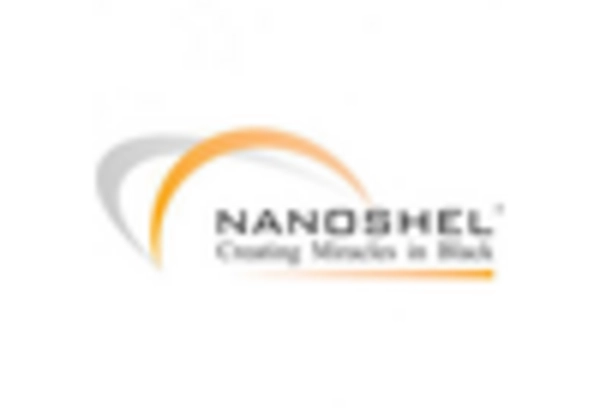
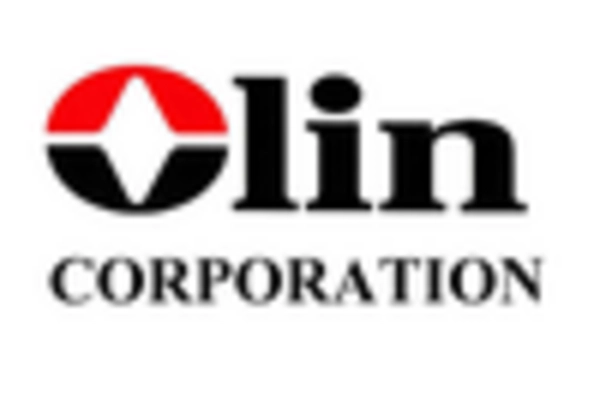








Leave a Comment